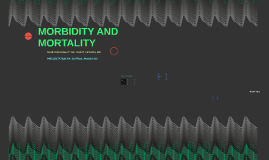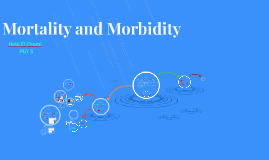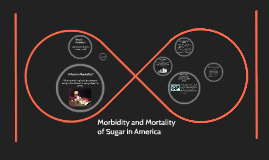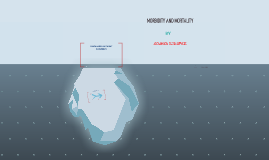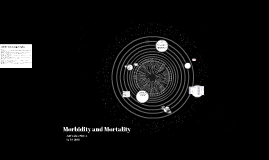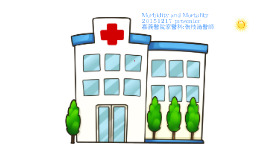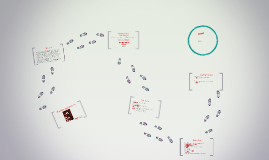Mortality and Morbidity
Transcript: What is MELD? T 98.2, HR 70-80, BP 120/70, RR 20, SaO2 low 80s HFNC 85% 50 L General: A+Ox3, comfortable PEERLA: EOMI, PEERLA CV: systolic murmur, JVD to the angle of the jaw Resp: bibasilar crackles Abd: soft NT ND no organomegaly 11/09: O2 sat dropped to 70-75%, recovered with increased PEEP. He continues on Flolan. IR => risks outweigh the benefits. 11/10: continuing diuresis. 11/11: O2 desat to 60s, failed recruitment maneuvre, started bagging him briefly, ETT chanmged for cuff leak. BP dropped after increased sedation and paralysis => PEA arrest 11/12: worsenign renal failure => CVVHD started, Worsening pressor requirement, and lactic acidosis o/n 11/13: made CMO, and passed away BW 1/03:Improved O2 saturations. MSSA in sputum at OSH, ID recs stop vanco/zosyn, start cefazolin. 1/04: Cards consult: Later worsening MS, and O2sat => intubated January 2016 Hala El Chami PGY 5 Gin et al., Am Heart Journal,1993 Autopsy Results NS 79 yo M, h/o Cor triatriatum, 4 V CABG, HFpEF who is transferred from OSH on 01/02 for worsening hypoxia. Admission at OSH from ID clinic with fever, cough, and weight loss on 12/30. Initially, saturation was 95%, he was given IV fluids and broad spectrum antibiotics. He then developed severe hypoxia after volume resuscitation with saturation in the 60s. Valid and reliable for risk stratification and survival projection after emergent TIPS Clinical Course Stable RR, O2 sat, looked ok, no need for emergent intubation. However, 3 "occasions" to intubate 1. CT 2. VT 3. increased WOB. Clinical course Effectiveness of TIPS in treating portal hypertension. Found that MELD score was an independent predictor of post-TIPS mortality. 68 year old man with hx CHF s/p ICD, ESRD on HD, Afib on Coumadin, CAD s/p recent LAD stent, COPD on 2L home O2, transferred from OSH for seizure, found to be septic ( infected HD cath vs. pna. Labs GD 68 LM 67 DP 63 DA 56 YK 82 SK 47 NS79 JJ 58 WB 68 Exam significant for labored breathing,accessory muscle use. Noticed to not move his right arm =>neuro consult for possible LMCA stroke Overnight, tried scoop mask, high flow, NRB, then BiPAP = Clinical Course JJ 58 yo M, h/o cirrhosis 2/2 HCV, HBV, esophageal and gastric varices, HIV, Parkinson's disease, bipolar disorder and dementia who initially presented to OSH with pancreatitis, complicated with massive hematemesis requiring large volume transfusion (reported 10u PRBC, 8u FFP, 12u platelets). An EGD at the OSH, showed both esophageal and gastric varices with a large amount of blood making visualization difficult and no overt bleeding source was identified. A Blackmore was placed, and he was sent to TMC for evaluation of TIPS procedure. Upon arrival, started on pressors. 11/05: inhaled flolan for worsneing hypoxia with some improvement, increased pressor requiirements => broad abx started 11/06: RHC revealed no step up. Oxygenation continuing to improve, plan to d/c flolan 11/07: Episode of desat, increased sedation and PEEP. Increased pressor requirements=>abx boradenet. TEE attempted but stopped due to UA bleeding. 11/08: TEE Negative for intracardiac shunt but possible intrapulmonary shunts, continued Flolan and diuresis. Discussion with family about further evaluation with angiography for possible embolization. prospectively developed and validated chronic liver disease severity scoring system that uses lab values (T-Bili, crea, INR) to predict three-month survival. Given its accuracy in predicting short-term survival among patients with cirrhosis, MELD was adopted by the United Network for Organ Sharing in 2002 for prioritization of patients awaiting transplantation. Mortality and Morbidity Physical Exam






